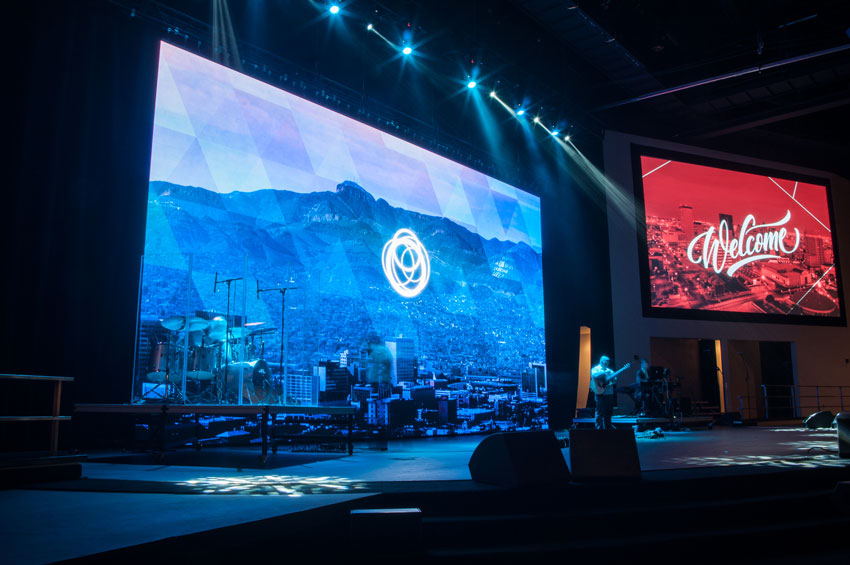Investigating the Durability of LED Display Panels in Contrast to Traditional Display Methods
Investigating the Durability of LED Display Panels in Contrast to Traditional Display Methods
Blog Article
Light-emitting diode wall screens have grown increasingly favored in current years, especially in settings like educational institutions, businesses, and public areas. These screens use light-emitting lights (LEDs) to create bright and vibrant visuals. One of the most notable benefits of LED innovation is its longevity in contrast to conventional screen technologies, such as cathode tube monitors (CRTs) and LCD crystal displays. Understanding the distinctions in duration and functionality between these technologies can help consumers make informed decisions about their screen requirements.
Classic screen methods, like CRTs, have been around for numerous years. They were frequently used in TVs and computer screens. However, CRTs have a limited duration, generally lasting approximately 10,000 to 20,000 hours of operation. This means that after a couple years, users may notice a deterioration in picture quality, such as fading or color distortion. In contrast, LED panel panels can last significantly longer, frequently exceeding 50,000 hours. This extended duration means that users can enjoy reliable performance without the need for regular replacements.
Another important factor to consider is energy conservation. LED panel panels utilize less energy than conventional screens, which not only helps the ecosystem but also lowers electricity costs. For instance, while a CRT screen may consume around 100 W of energy, an LED panel can use as few as 30 to 50 W. This difference in energy usage adds to the overall longevity of LED innovation, as lower energy consumption generates less heat. Excess thermal energy can damage electronic parts, leading to a reduced duration for traditional displays.
In furthermore to their extended duration and energy efficiency, LED wall screens also provide superior image quality. They offer brighter colors and better contrast, making them perfect for multiple uses, from advertising to educational presentations. The innovation behind LED screens allows for a wider viewing perspective, meaning that visuals remain clear and lively even when viewed from the flank. This is a significant benefit over traditional screens, which often experience from color distortion and reduced luminosity at broader perspectives.
In conclusion, the longevity of LED wall screens in contrast to traditional display technologies is a key aspect for buyers to consider. With lifespans that can surpass find more information 50,000 hrs, power efficiency, and superior image quality, LED innovation offers many benefits. As technology continues to progress, LED panel screens are probably to become even more common in various settings. Understanding these differences can assist people and entities make improved decisions when investing in display technology, ensuring they get the optimal worth for their requirements.